The tail of a crested gecko is an intriguing part of its body. Some species of geckos like crested geckos have a defense mechanism that allows them to lose their tails once they feel threatened.
Most of the crested gecko owners love their crested gecko’s tail and will not want it to drop.
However, you might find lots of crested geckos without their tail. In this article, you will get an insight into why crested geckos lost their tail, ways of preventing this phenomenon, and things to do when your gecko drops its tail.
This article has been reviewed by Dr. Gospel. Read more about our knowledge control process here.
Contents
The Crested Gecko Tail
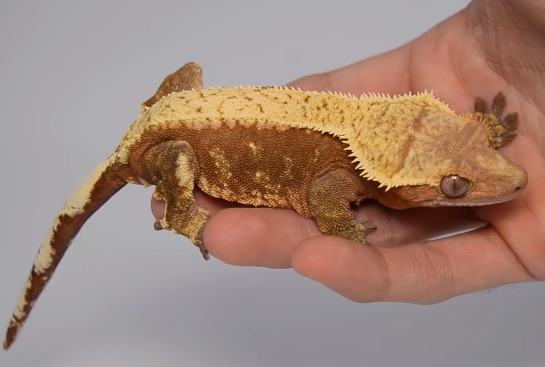
A crested gecko without a tail is called a frogbutt crested gecko. This is because the truncated rear end of the gecko looks like the posterior of a frog.
Crested geckos can lose their tails during stress, when grabbed wrongly by the tail or when they feel threatened. And once crested geckos lose their tail, it will not grow back. However, it will live a happy and long life, even without its tail.
Although tail loss does not affect crested gecko, it is stressful, and you will need to avoid this for your gecko.
Anatomy of the Crested Gecko Tail
The tail of a crested gecko is long and slender. It makes up around one half of the total body length of a gecko. The tail features an adhesive patch on the end, which helps geckos stick easily to branches and other surfaces.
A crucial feature of the crested gecko tail is that it is prehensile. Crested geckos can use their tail to hold on and grasp objects.
Use of the Crested Gecko Tail
In the wild crested gecko have a slender tail that it uses for jumping through foliage and for balance when jumping from one branch to another.
As it grows, crested gecko through a process called autotomy often loses its tail. You will notice that most wild caught adult crested geckos do not have tails contrary to pet crested geckos.
Many researchers debate that crested gecko tail loses its functionality once it becomes older. Many believe that the tail slows down crested gecko, and they lose it. It is also possible to experience numerous stressful and threatening situations, which can lead to a tail loss.
New to crested gecko? Check out the crested gecko care sheet now! We had listed out all the things you need to know about crested gecko as pets. Check it now!
Tail Loss in Crested Geckos
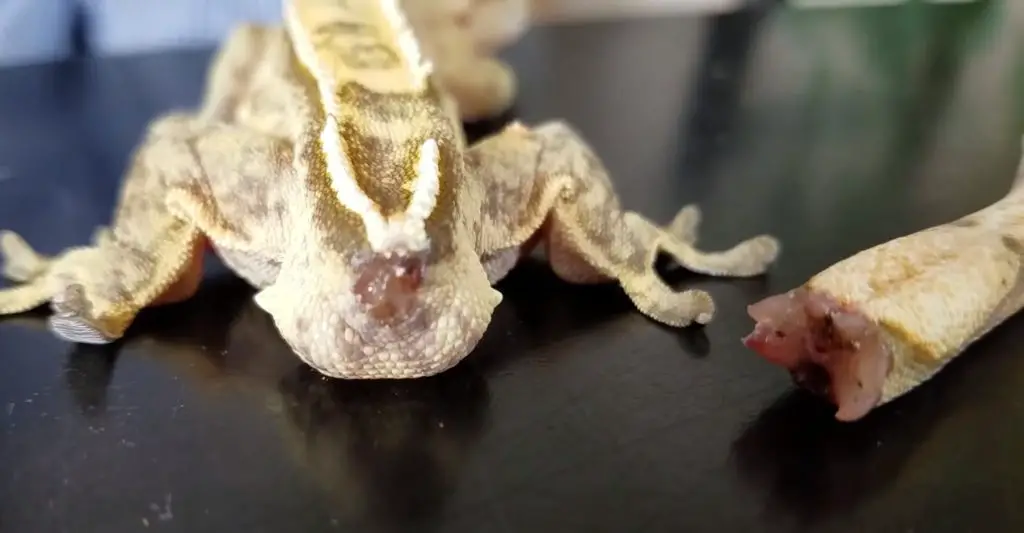
Wild crested geckos can lose their tails when breeding, threatened or injured during a fight. While a tail loss in captive crested gecko is less common. However, the crested gecko can lose its tail. It is best to know the reasons for tail loss of crested geckos to prevent this from happening.
Tail Loss Reasons
Losing a particular body part is a popular defense mechanism that is used by many animals. It is known as autotomy. Crested gecko tails are designed in a way that it can drop.
There is a specialized connective tissue in its tail that can create a location where it can break off when they want.
During tail loss, the blood vessels to the tail of the gecko constrict, and it will lose little blood. Some of the things that can lead to crested gecko losing their tail are stated below.
Response to Threats
Crested geckos lose their tail in the wild for a good purpose. It uses the movement of the tail to distract potential predators while it gets away. In captivity, the crested gecko can lose its tails when bullied by other geckos in its tanks.
This is why it is best to separate the potential victim from others before it loses its tail.
Stuck Tail
Your gecko’s tail can get stuck or trapped by something in its tank. When you are setting up a tank for your crested gecko, make sure there are no tight places and potential objects that could fall and harm your gecko.
Stress and Fear
When your crested gecko is stressed, it can impact the well-being of your gecko, which could lead to tail dropping. Your gecko can be stressed once threatened or through the environmental conditions of its tanks.
Ensure that the temperature and humidity of your crested gecko’s tank are at an optimal range.
Illness and Infection
Illness or infection is another reason for your gecko’s tail to drop. It is best to visit your vet if your crested gecko loses its tail because of an illness or infection.
What to do When a Crested Gecko Loses its Tail?
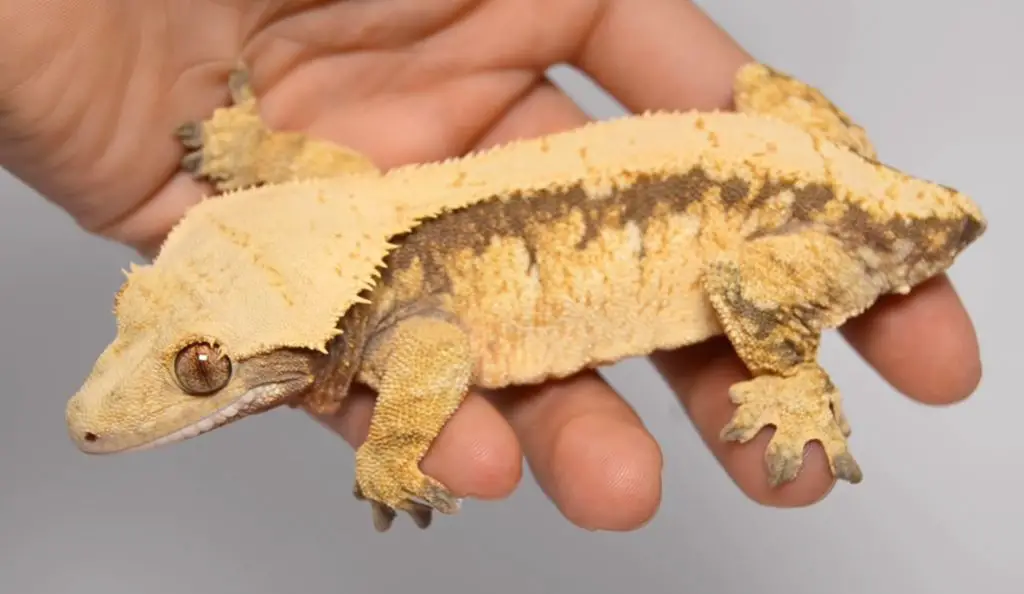
You do not have to panic once your crested gecko loses its tail. Once the tail removes, the thing that will be left on its body is a stub.
In most cases, your gecko will not lose a lot of blood, and you do not need to put antiseptic on the stub. All you need to do is give it enough time and watch as it heals on its own.
If your crested gecko terrarium has a particulate substrate, you can keep your gecko in a separate tank with paper towels temporarily until it recovers.
Particulate substrates can stick to the wound and cause irritation leading to the wound’s infection.
However, the wound can still get infected. You can put honey on the wound if it is red or swollen. If there is a discharge from the wound, it means it does not heal. You will then need to take your crested gecko to the vet.
Do Crested Gecko Tails Grow Back?
Although most geckos have regenerative capabilities, the crested gecko is an exception. Unlike most gecko species, crested gecko does not have multiple fracture planes between the tail bones. It has a fracture plane at the base of its tail, which means it cannot regrow its tail.
New to crested gecko? Check out the crested gecko care sheet now! We had listed out all the things you need to know about crested gecko as pets. Check it now!
Once your crested gecko loses its tail, you will be left with a short and pointy stump. However, the tailless crested gecko will also live a healthy life and can breed.
But crested gecko keepers find tailed crested gecko more attractive than tailless ones.
Is a Tailless Gecko Less Valuable?
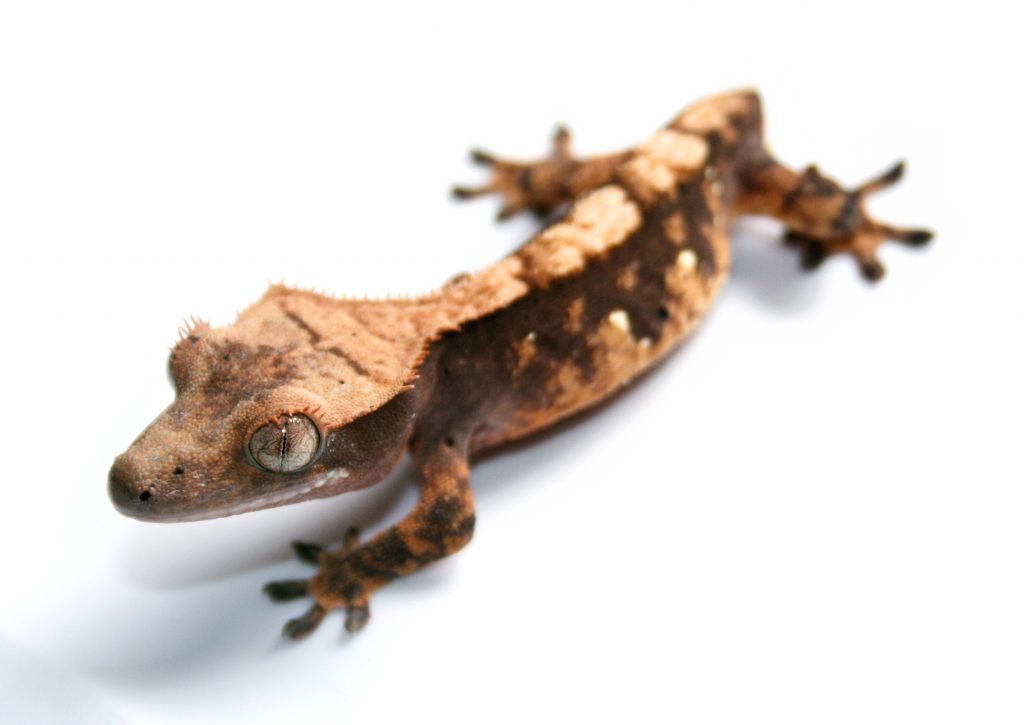
Tailless crested geckos are also an excellent pet even without its tail. Your gecko may have trouble jumping during the first few days but will learn how to balance without a tail.
Tailless geckos can also breed, and many breeders will buy good-looking crested geckos without a tail. Crested gecko without a tail is regarded as a simple cosmetic flaw that will not affect the health of the gecko.
Preventing Tail Loss For Your Crested Gecko
Some of the steps that you can take to prevent your crested geckos from losing its tail are stated below.
- Clean your crested gecko’s tank regularly
- Avoid placing objects in the enclosure that may injure your crested gecko
- Ensure the temperature, humidity, and light of your crested gecko tank is regulated
- Try to separate your geckos when you notice any aggressive behaviors
- Minimize handling of your crested gecko
Note: You cannot be in complete control even when your crested gecko is kept under ideal conditions and proper handling. Despite these efforts, your gecko might still drop its tail.
Tail Nips and Injuries
Floppy Tail Syndrome (FTS)
This cannot be considered an injury of the tail. Floppy tail syndrome is when the gecko’s tail flops from one side to another and can even flop completely over the spine when it climbs downward.
This can be caused by calcium deficiency during the hatchling and juvenile stages. It can also be caused by a lack of branches in the enclosure or if your gecko sleeps upside-down repeatedly.
Floppy tail syndrome can cause severe deformities of the hips and spine. If you notice this syndrome with your crested gecko, it is best to seek help from a vet specializing in reptiles or exotic animals.
Tail Bites
Your crested geckos might bite each other if you keep multiple geckos. This can then lead to small tail injuries. The injuries can then cause necrosis of the tail. The part of the tail with necrosis can then fall off.
The necrosis tail may also heal fine, but there will be a kink in the tail. Your crested gecko may then have shedding problems around the part of the tail.
If you notice shedding problems, ensure that you free him of the pieces of shedding that do not come off well.
Tail Kinks
Tail kinks can be caused by bites or by injuries from sharp materials in the terrarium, or if it gets stuck. Your crested gecko can live fine with tail kinks, and it is not caused by calcium deficiency.
Making a Crested Gecko Drop its Tail
Some issues might arise when crested gecko owners decide to cut off crested gecko’s tail or force the tail to drop. For instance, when part of the tail turns black (necrosis) because of stuck shed or injury.
You can call a vet to amputate the part of the tail in order to save the healthy part. Or else, it will spread higher in the tail and even to the body. You can even force the whole tail to drip in this case.
Crested geckos’ owners may also decide to force crested gecko tail off if it has a floppy tail syndrome.
Conclusion
It is a common scene to find crested geckos without tail in the wild or captivity. Crested geckos losing their tail does not affect their health and breeding capacity. They are just as cute as crested gecko with a full tail.
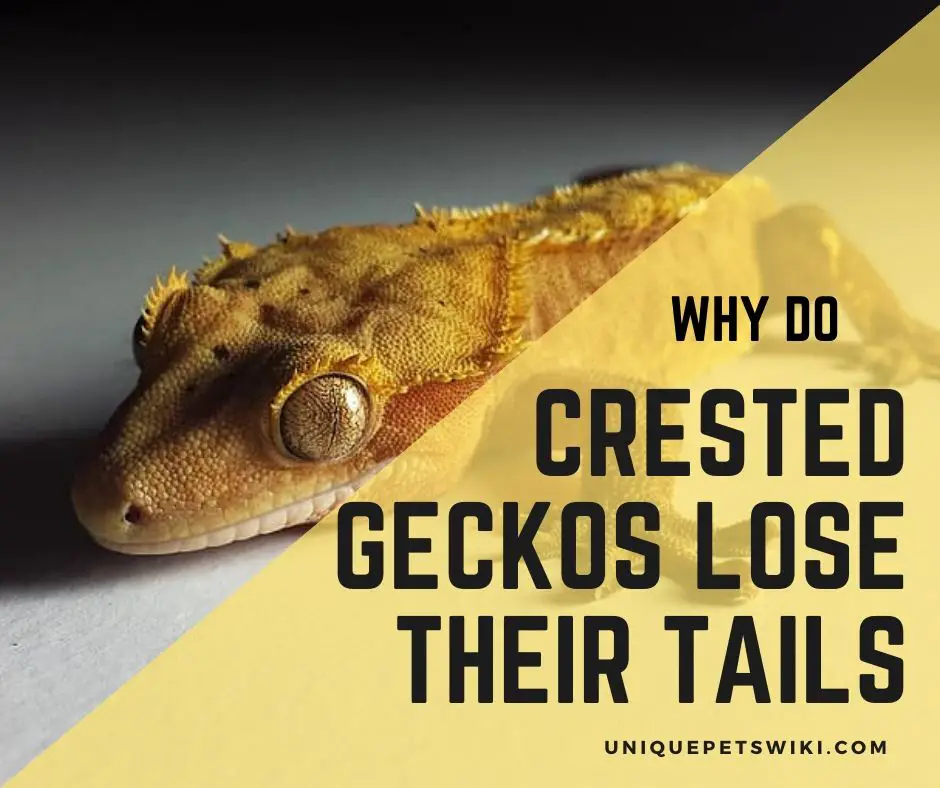
1 thought on “Why Do Crested Geckos Lose Their Tails?”